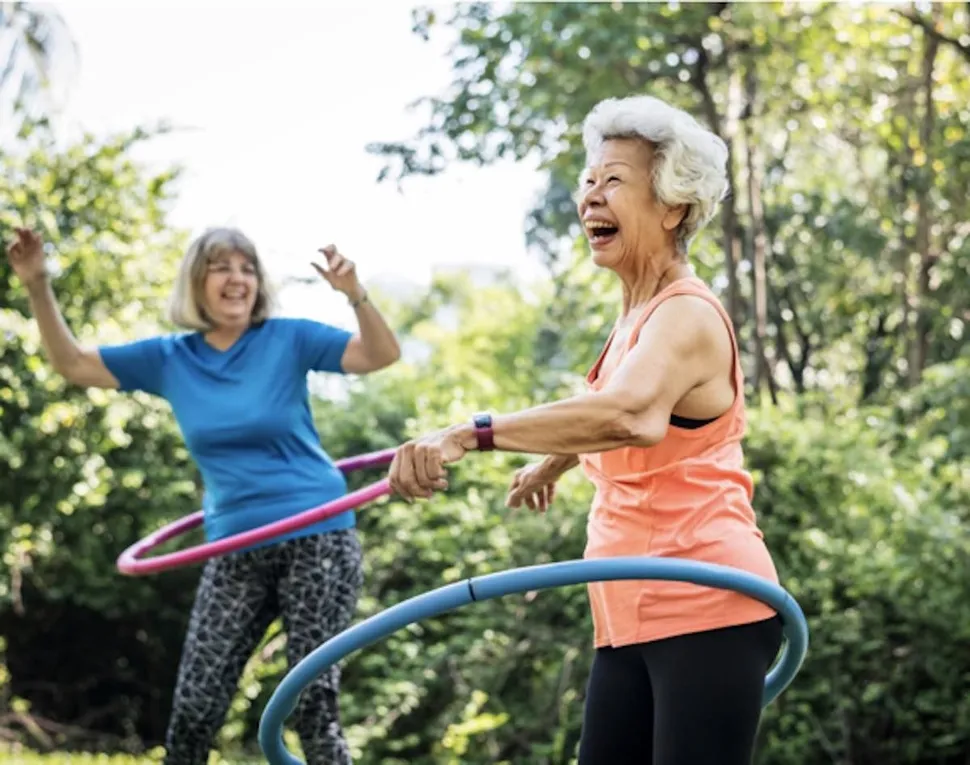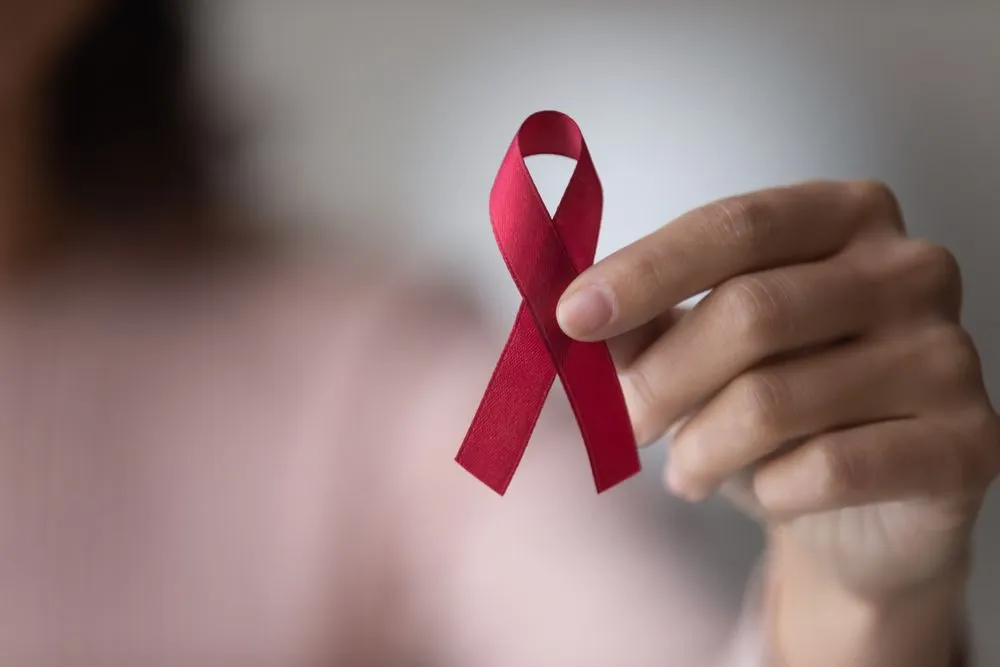The Importance of Exercise and How it Can Relieve Stress

Recently I read an article that said dealing with “a disease such as cancer is often one of the most stressful experiences of a person’s life. Coping with cancer can be more challenging with added stress from work, family, or financial concerns” or more recently, a worldwide pandemic. While stress is widely associated with cancer, there are many tools to help reduce feelings of stress – one of those tools being exercise.
Stress is an inevitable part of life. Especially in our current world state, it may feel impossible to eliminate the stress and angst associated with COVID-19 and living with cancer. However, while stress is inevitable, please remember that it is manageable. There are many coping techniques, but exercise is constantly at the top of the list of healthcare professionals.
HOW DOES EXERCISE RELIEVE STRESS?
The Anxiety and Depression Association of American (ADAA) explains that “when stress affects the brain, with its many nerve connections, the rest of the body feels the impact as well. So, it stands to reason that if your body feels better, so does your mind. Exercise and other physical activity produce endorphins—chemicals in the brain that act as natural painkillers—and also improve the ability to sleep, which in turn reduces stress.” They emphasize that even five minutes of aerobic exercise can stimulate anti-anxiety/stress effects.
Additionally, exercise not only improves our physical health but can be healing for our mind when we are stressed or anxious. A few physical and mental benefits of exercise include:
Physical Health – Improves physical condition and fights disease
Mental Health – Reduces fatigue, improves alertness and concentration, enhances cognitive function and helps maintain healthy mental fitness to reduces stress
START SLOW AND IMPROVE EACH DAY
So where do we start? Many experts advise “starting slow and progressing incrementally.” Remember, you don’t have to run 10 miles a day to be active and not every patient and caregiver is on the same level of fitness. Start slow and don’t be hard on yourself.
The National Comprehensive Cancer Network posted a list of suggested workout tips for patients:
- If you don’t have the energy to exercise (the recommended) 30 minutes a day, break it up; try three 10-minute walks during the day
- Make exercise enjoyable; recruit a walking partner or listen to music with headphones
- Consider yoga or tai chi; though not aerobic, they integrate movement and meditation and enhance wellness (Looking for a free online Yoga class? Visit Yoga with Adriene for beginner, intermediate, and advanced levels of yoga)
- Drink plenty of water (throughout the day)
- Look for programs designed for cancer patients. Some health clubs and hospitals offer exercise classes address the challenges and needs of people with your specific cancer)
- Do gardening or house cleaning – both provide physical workouts
- Most importantly, listen to your body; don’t exercise if you’re not feeling well or running a fever
Remember to give yourself credit for any exercise you do! Each small success should be celebrated because exercising before, during, or after treatment is not easy. But ultimately, choosing to exercise can be a significant tool in relieving the stress and angst we feel in our world today. Start today by setting attainable fitness goals and get active! For more exercise tips, visit Physical Activity and the Cancer Patient on Cancer.org.
Looking for some workout motivation? Register for the Muscles for Myeloma Virtual Race today and start preparing for our virtual run/walk on Saturday, May 30! All race participants will be mailed a shirt and bib number for their run/walk.
Thank you to our incredible Muscles for Myeloma sponsors!



Recently I read an article that said dealing with “a disease such as cancer is often one of the most stressful experiences of a person’s life. Coping with cancer can be more challenging with added stress from work, family, or financial concerns” or more recently, a worldwide pandemic. While stress is widely associated with cancer, there are many tools to help reduce feelings of stress – one of those tools being exercise.
Stress is an inevitable part of life. Especially in our current world state, it may feel impossible to eliminate the stress and angst associated with COVID-19 and living with cancer. However, while stress is inevitable, please remember that it is manageable. There are many coping techniques, but exercise is constantly at the top of the list of healthcare professionals.
HOW DOES EXERCISE RELIEVE STRESS?
The Anxiety and Depression Association of American (ADAA) explains that “when stress affects the brain, with its many nerve connections, the rest of the body feels the impact as well. So, it stands to reason that if your body feels better, so does your mind. Exercise and other physical activity produce endorphins—chemicals in the brain that act as natural painkillers—and also improve the ability to sleep, which in turn reduces stress.” They emphasize that even five minutes of aerobic exercise can stimulate anti-anxiety/stress effects.
Additionally, exercise not only improves our physical health but can be healing for our mind when we are stressed or anxious. A few physical and mental benefits of exercise include:
Physical Health – Improves physical condition and fights disease
Mental Health – Reduces fatigue, improves alertness and concentration, enhances cognitive function and helps maintain healthy mental fitness to reduces stress
START SLOW AND IMPROVE EACH DAY
So where do we start? Many experts advise “starting slow and progressing incrementally.” Remember, you don’t have to run 10 miles a day to be active and not every patient and caregiver is on the same level of fitness. Start slow and don’t be hard on yourself.
The National Comprehensive Cancer Network posted a list of suggested workout tips for patients:
- If you don’t have the energy to exercise (the recommended) 30 minutes a day, break it up; try three 10-minute walks during the day
- Make exercise enjoyable; recruit a walking partner or listen to music with headphones
- Consider yoga or tai chi; though not aerobic, they integrate movement and meditation and enhance wellness (Looking for a free online Yoga class? Visit Yoga with Adriene for beginner, intermediate, and advanced levels of yoga)
- Drink plenty of water (throughout the day)
- Look for programs designed for cancer patients. Some health clubs and hospitals offer exercise classes address the challenges and needs of people with your specific cancer)
- Do gardening or house cleaning – both provide physical workouts
- Most importantly, listen to your body; don’t exercise if you’re not feeling well or running a fever
Remember to give yourself credit for any exercise you do! Each small success should be celebrated because exercising before, during, or after treatment is not easy. But ultimately, choosing to exercise can be a significant tool in relieving the stress and angst we feel in our world today. Start today by setting attainable fitness goals and get active! For more exercise tips, visit Physical Activity and the Cancer Patient on Cancer.org.
Looking for some workout motivation? Register for the Muscles for Myeloma Virtual Race today and start preparing for our virtual run/walk on Saturday, May 30! All race participants will be mailed a shirt and bib number for their run/walk.
Thank you to our incredible Muscles for Myeloma sponsors!




about the author
Allyse Shumway
MyelomaCrowd Editorial Contributor. Daughter to a parent with cancer.
More on Navigating Your Health
Trending Articles
Upcoming Events




Get the Latest Multiple Myeloma Updates, Delivered to You.
By subscribing to the HealthTree newsletter, you'll receive the latest research, treatment updates, and expert insights to help you navigate your health.
Together we care.
Together we cure.
3x Faster.












